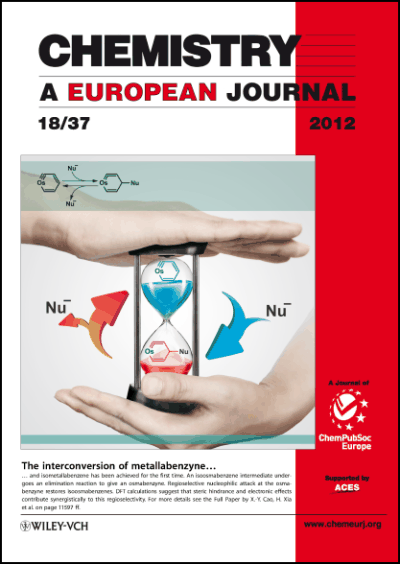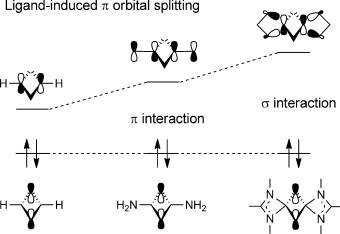Conversions of Osmabenzyne and Isoosmabenzene
Submitted by Jun Zhu on Fri, 11/01/2013 - 01:20
We report herein the first example of the conversion of metallabenzyne II and isometallabenzene III. The osmium hydride vinylidene complex 1 reacts with HCCCH(OEt)2 to give osmabenzyne 3 via isoosmabenzene 2. Compound 3 exhibits high thermal stability in air. Nonetheless, nucleophilic attack at 3 provides isoosmabenzenes 4 a and 4 b, or opens the ring to produce 5 a and 5 b.


